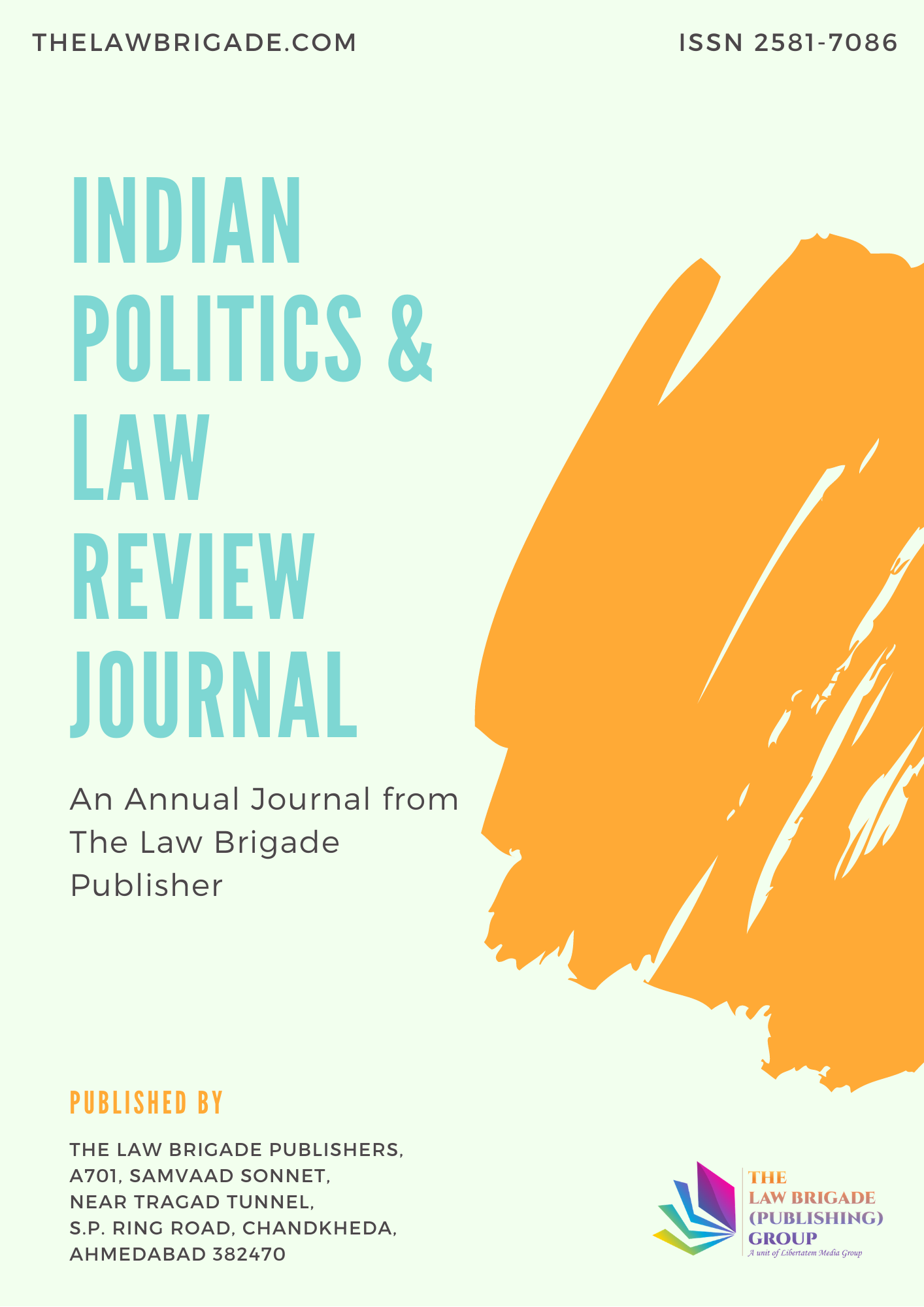On October 1, 1982, an amending Act 47 of 1982 introduced “No-Fault” liability into the Motor Vehicles Act, 1939. As a result of the “No-Fault” liability premise, many provisions guaranteed immediate payments for victims of accidents that resulted in death or permanent disabilities. After this Act was repealed, the Motor Vehicles Act of 1988 was passed, taking effect on July 1, 1989. The sections 140 to 144 of this Act correspond to the previous “No-Fault” liability sections. It created compensations for “accidents arising out of the use of a motor vehicle.” This “no-fault” liability theory was designed and implemented to provide immediate relief to victims of “hit and run” accidents. It was decided to hold the owner or driver of the offending vehicle accountable without considering their “contributory recklessness”. Being a welfare state, it was decided that the owner or driver of the offending vehicle would be held accountable without considering their “contributory carelessness” and responsibility. It was agreed that withholding compensation to victims of “hit and run” incidents because the driver’s or vehicle owner’s negligence and guilt could not be proved was contradictory to any “welfare state’s” and social justice goals. According to Section 140 of the Motor Vehicles Act, 1988, No-Fault Liability applies when a victim dies or becomes permanently disabled after an accident caused by the use of a motor vehicle. The claimant does not need to prove fault or negligence. This research paper will examine the notion of “No Fault” responsibility as defined under Sections 140 to 144 and Section 163 A of the Motor Vehicles Act, 1988, and provide recommendations for additions or modifications that would expand the scope of the “No-Fault” liability principle. Its goal is to critically investigate the concept and determine its applicability in a welfare state.
A Critical Analysis of the Concept of No-Fault Liability in a Welfare State in Accordance with the Motor Vehicles Act, 1988
Publication Information
Journal Title: Indian Politics & Law Review
Author(s): Ahana Majumder
Published On: 29/03/2024
Volume: 9
First Page: 9
Last Page: 22
ISSN: 2581-7086
Publisher: The Law Brigade Publisher
DOI: 10.55662/IPLR.2024.901
Cite this Article
Ahana Majumder, A Critical Analysis of the Concept of No-Fault Liability in a Welfare State in Accordance with the Motor Vehicles Act, 1988, Volume 9, Indian Politics & Law Review, 9-22, Published on 29/03/2024, 10.55662/IPLR.2024.901 Available at https://iplr.thelawbrigade.com/article/a-critical-analysis-of-the-concept-of-no-fault-liability-in-a-welfare-state-in-accordance-with-the-motor-vehicles-act-1988/
Abstract
Keywords: “No-Fault” Liability, Death, Permanent Disablement, Welfare State, Social Justice
Share this research
Latest Publications
April 10, 2024

Submissions Open!
Authors are invited to submit their research paper in the journal. Please click the Submit Button below to proceed.
Notice




